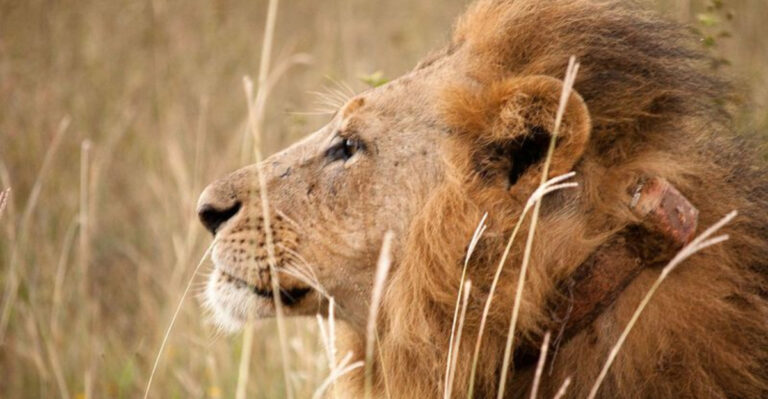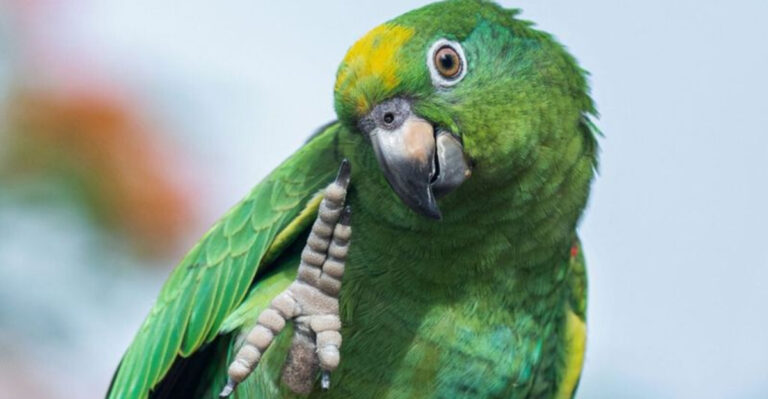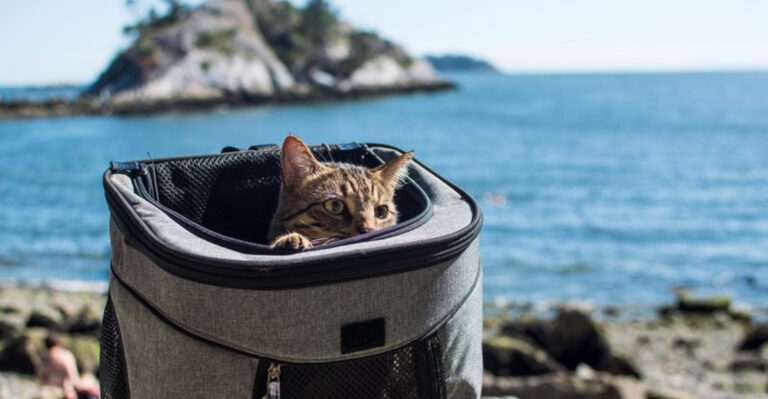17 Concerns Pet Owners Have About Letting Cats Roam Outdoors
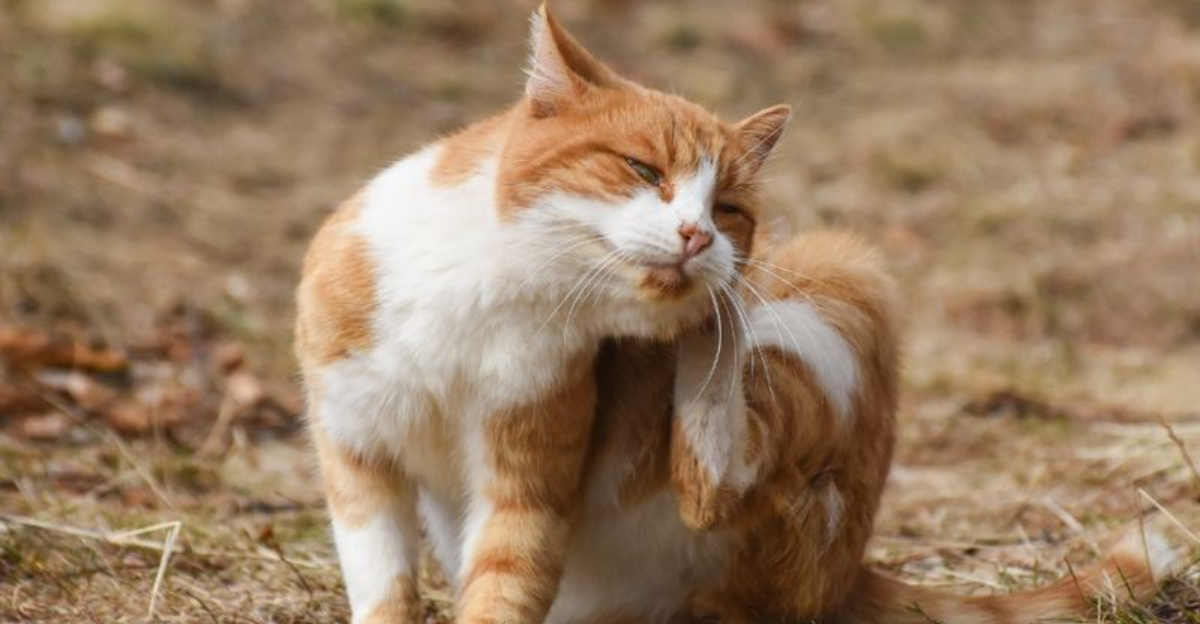
Letting cats roam outdoors stirs a medley of emotions for pet owners, as the great outdoors, while full of adventure, also conceals risks.
Here’s a charming yet critical look at some concerns that might make you think twice before opening that door for your whiskered explorer.
1. Traffic Hazards

Ever seen a cat pause on the edge of a sidewalk, twitching its whiskers like an old detective sniffing out danger? Streets are bustling, unpredictable arenas where cars, bicycles, and scooters zoom by in orchestrated chaos. For free-roaming cats, these roadways become a labyrinth of peril.
While some feline adventurers may master the art of street-crossing, others may not fare so well. One inattentive moment, and they might find themselves in harm’s way. Traffic poses a significant threat, making vigilance and protective measures essential for pet owners cautious about their cat’s safety outdoors.
2. Wildlife Encounters
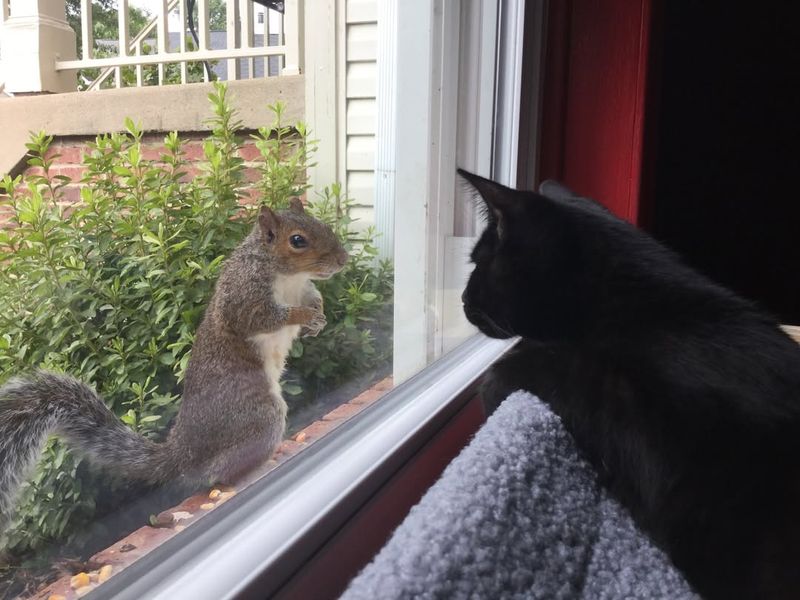
Picture this: a backyard skirmish between your fluffy friend and a wild raccoon. Sounds like a scene from a cartoon, doesn’t it? Unfortunately, these wildlife encounters are very real.
From feisty raccoons to stealthy foxes, outdoor cats might find themselves face-to-face with nature’s rowdier residents. These meetings can lead to injuries or the transmission of diseases.
Understanding local wildlife and potential risks helps you safeguard your whiskered wanderer, ensuring their outdoor escapades are more about curiosity than confrontation.
3. Exposure To Parasites
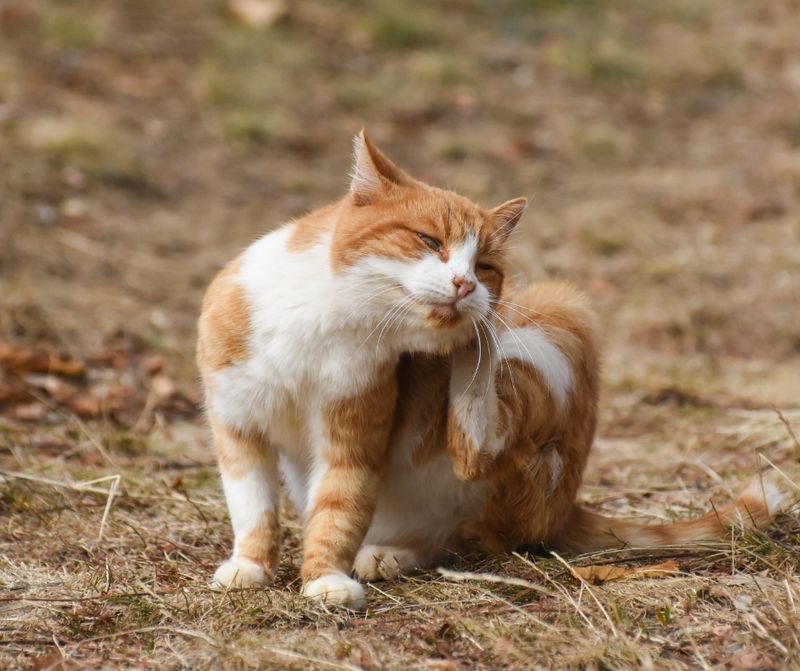
If you’ve ever seen a cat pause mid-adventure to frantically scratch an itch, you know parasites are more than just a tiny nuisance. Fleas, ticks, and worms are the hidden hitchhikers of the great outdoors, ready to latch onto unsuspecting feline adventurers.
These tiny invaders can cause significant health issues, from skin irritations to more severe conditions like Lyme disease or tapeworms. Regular veterinary check-ups and preventive treatments are crucial. After all, a healthy cat makes for a happy explorer, and it’s better to be itchy-free.
4. Theft Or Loss

Ever had that heart-stopping moment when your cat doesn’t respond to the dinner bell? For wandering cats, theft or simply wandering too far can be a sad reality.
While some cats are savvy navigators, others might find themselves in unfamiliar territory, unable to find their way back. Worse still, they could be taken in by well-meaning strangers. Microchipping and visible ID tags serve as essential safety nets in these cases, helping reunite lost cats with their worried humans.
5. Negative Human Encounters

Despite their charming demeanor, not everyone is a cat enthusiast. Some humans may not appreciate a feline guest in their garden, leading to negative encounters.
From annoyed neighbors to those with malicious intentions, outdoor cats can encounter a range of human reactions. Educating your community about your wandering companion and fostering neighborhood goodwill can help reduce these risks. After all, a little understanding goes a long way in keeping your feline friend safe and sound.
6. Poisonous Plants And Substances
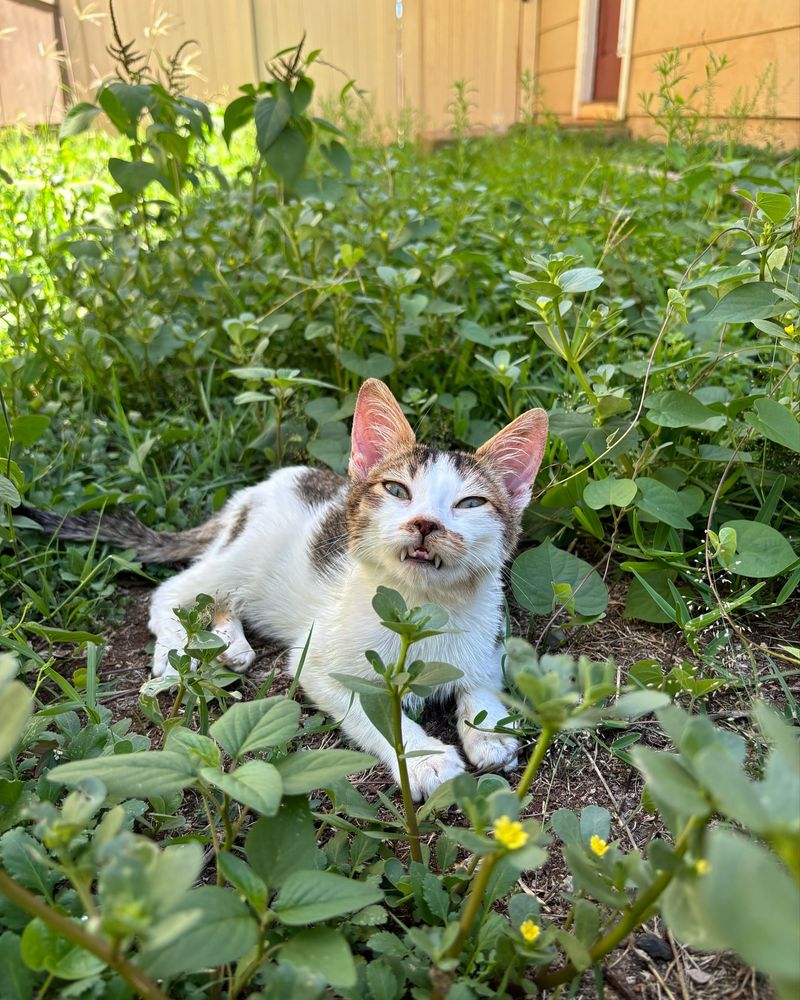
Cats are notorious for their curiosity, and a sunlit garden can be a botanical buffet of intrigue. However, this innocent exploration can lead to dangerous interactions with poisonous plants and substances.
Lilies, azaleas, and other common garden plants can be toxic if ingested. Likewise, garden chemicals and pesticides pose significant risks. Ensuring your garden is a safe haven, free from harmful flora and chemicals, helps protect your furry explorer from these botanical hazards.
7. Disease Transmission
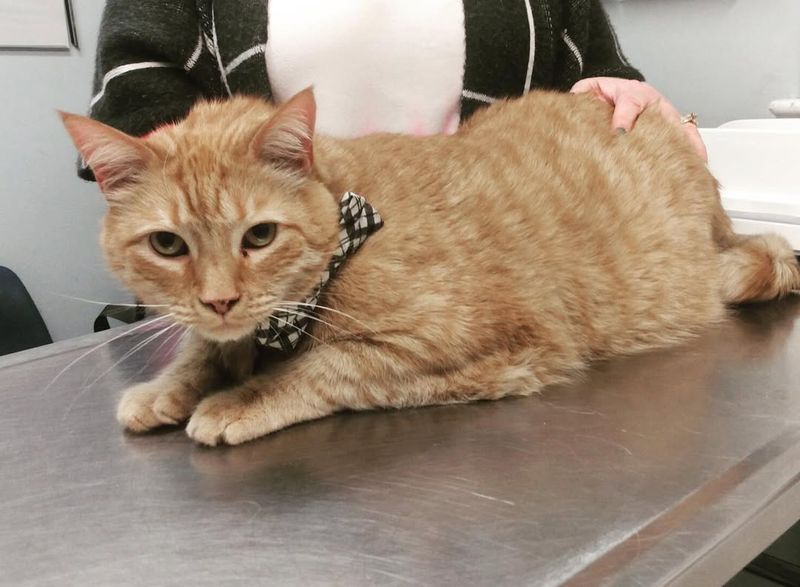
When two cats meet, it’s like a dance of curiosity, but sometimes these interactions come with hidden dangers on the side. Disease transmission is a real threat for outdoor cats.
Feline leukemia virus (FeLV) and feline immunodeficiency virus (FIV) are just a couple of the serious illnesses that can spread through close contact. Vaccinations and regular health check-ups are crucial defenses in keeping your cat healthy against these unseen adversaries.
8. Harsh Weather Conditions

Remember that sudden rainstorm that caught you off guard? Imagine being outside with no shelter like a stray cat caught in the downpour. Weather can be unpredictable and harsh, posing challenges for outdoor cats.
From sweltering heat to freezing temperatures, the elements can take a toll on their health. Providing shelter options and monitoring weather conditions ensures your whiskered adventurer stays safe, dry, and warm, no matter the forecast.
9. Conflict With Other Cats

Ever witnessed a cat stand-off? Fur bristled, tails like bottle brushes, it’s like a feline version of the Wild West. Outdoor cats often encounter others defending their territory, which can lead to fierce conflicts.
These altercations might result in injuries or the spread of infections. Spaying or neutering and ensuring your cat is up-to-date on vaccinations can help mitigate these risks, making those outdoor meet-ups more about play and less about posturing.
10. Unsupervised Exploration
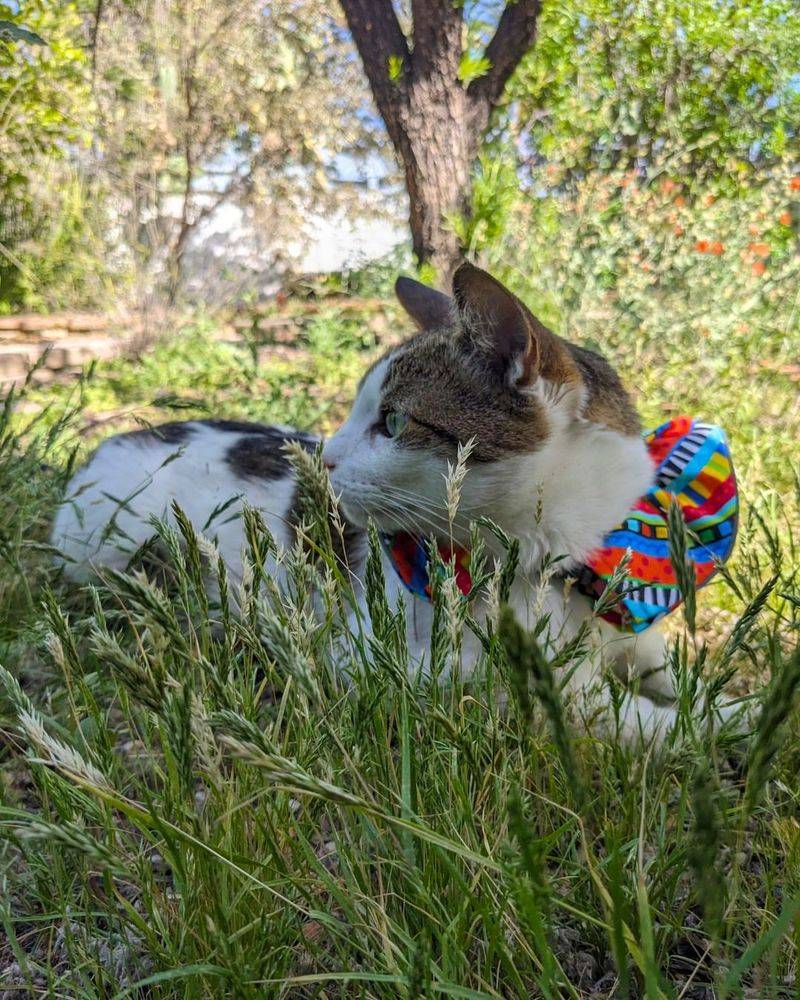
Picture a tiny explorer venturing beyond the backyard, each step a new discovery. Unsupervised exploration, while thrilling for cats, can lead them into situations beyond their control.
From getting lost to encountering predators, the risks are numerous. Ensuring your feline has a safe space to explore, like a securely fenced yard or monitored outings, allows them to indulge their curiosity without venturing too far.
11. Impact On Local Wildlife

With a hunter’s heart, an outdoor cat sees the neighborhood as a playground full of elusive prey. This predatory instinct can have a detrimental impact on local wildlife populations.
Birds, small mammals, and reptiles often fall victim to these agile hunters. Keeping your feline friend entertained indoors or supervising their outdoor time can help protect local fauna, striking a balance between adventure and conservation.
12. Noise And Disturbance

Imagine the neighborhood’s peaceful silence shattered by the yowl of a midnight cat. Cats are notorious for their vocal escapades, especially during the night.
These serenades can disturb neighbors, leading to tension and complaints. Understanding your cat’s vocal habits and managing their outdoor time can maintain neighborhood harmony, ensuring everyone can enjoy quiet, restful nights.
13. Risk Of Abuse

Despite their independent nature, outdoor cats can become targets for those with cruel intentions. The unfortunate reality is that some individuals may seek to harm these wandering felines.
Protecting your cat with microchipping and educating your community about their presence can deter malicious actions, ensuring they remain safe during their outdoor adventures. A little vigilance goes a long way in warding off potential threats.
14. Legal Restrictions
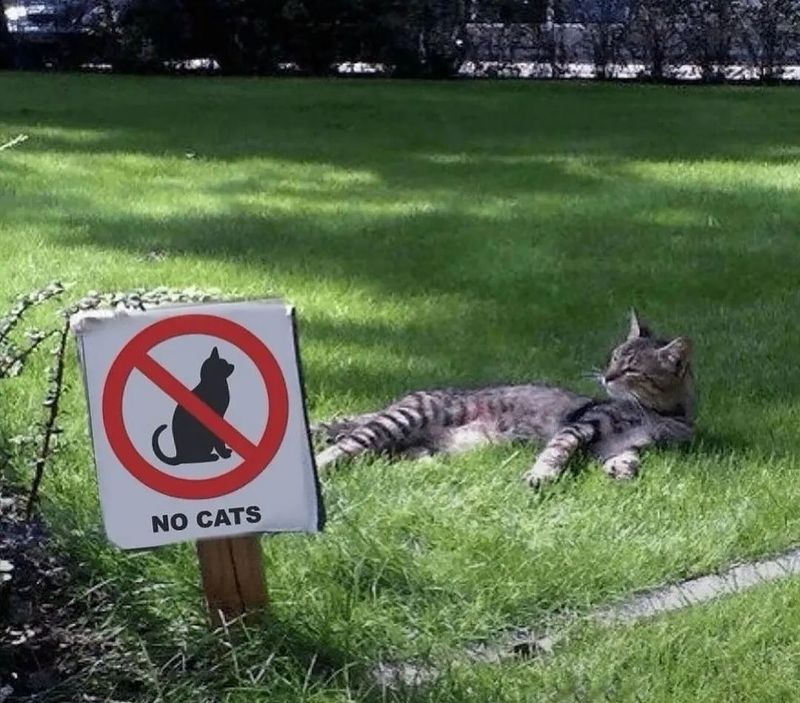
Ever noticed the signs at parks enforcing leash laws? While typically associated with dogs, some areas have legal restrictions on free-roaming cats as well.
Understanding local laws and regulations can prevent fines and ensure your feline explorer is safe within legal boundaries. Leash training or providing supervised outdoor time might be necessary to comply with these rules, blending lawfulness with adventure.
15. Injury From Fights
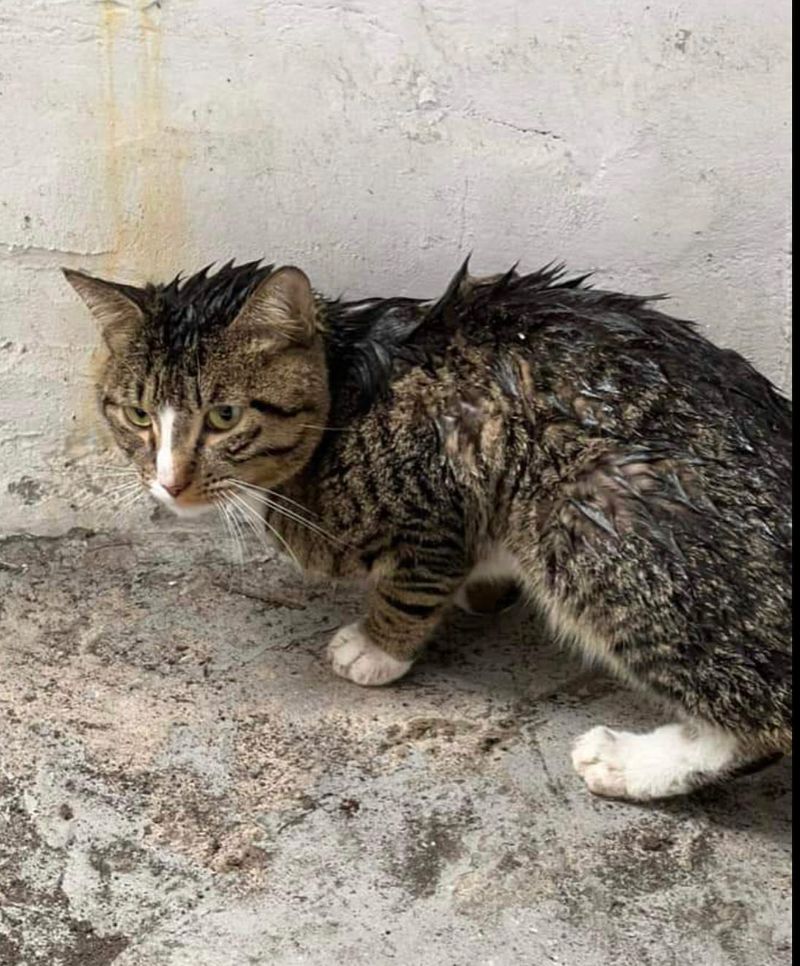
Cats possess a fierce spirit, and when they clash, the results can be painful. Outdoor cats often face injuries from fights with other animals.
These skirmishes can lead to wounds, infections, or worse. Regular veterinary care and ensuring your cat is vaccinated helps manage these risks, keeping them healthy and ready for their next outdoor escapade.
16. Obstacles And Traps

Ever seen a cat’s curiosity lead them into a garage full of enticing nooks and crannies? Outdoor environments are filled with potential obstacles and traps.
From getting stuck in tight spaces to entangling themselves in garden nets, these curious explorers can find themselves in precarious situations. Monitoring their adventurous spirit and securing potentially hazardous areas can keep your feline safe and sound.
17. Territorial Disputes
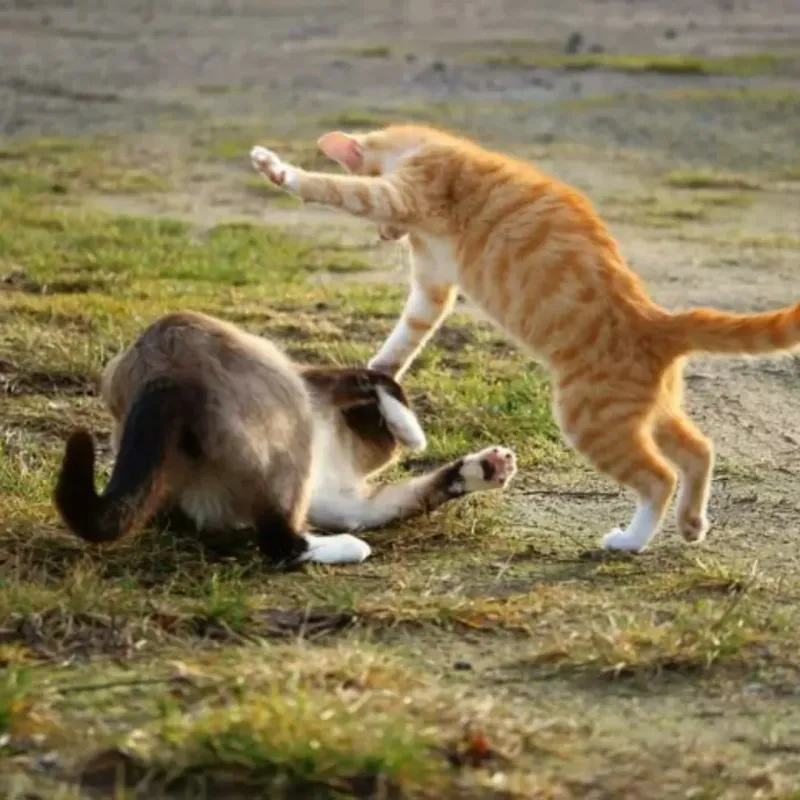
Territorial instincts run deep in cats, and the outdoors becomes a battleground for dominance. These disputes can escalate quickly, leading to stress and aggression.
Providing plenty of resources and ensuring your cat’s environment limits these encounters can reduce tensions, allowing them to enjoy their outdoor time without unnecessary conflict.



